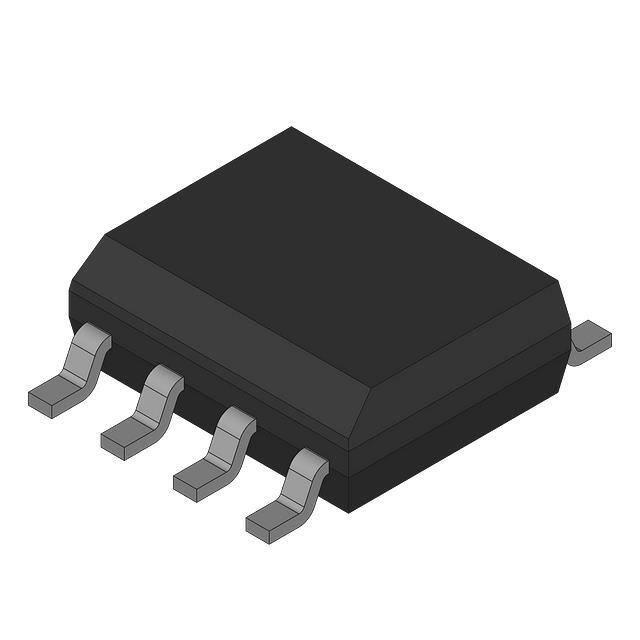Huawei leads a new era of railway communications: leapfrog development from GSM-R to FRMCS
Huawei leads a new era of railway communications: leapfrog development from GSM-R to FRMCS
The rail industry has relied for years on communications systems based on common cellular technology to meet critical operational needs such as safety and efficiency. However, as the globally used GSM-R system will gradually withdraw from the stage of history before 2030, the railway industry is in urgent need of new solutions to meet future challenges. Huawei has developed and deployed next-generation railway communication systems based on 4G and 5G technologies and is at the forefront of changes in this industry.
GSM-R: Historical mission and technical limitations
As the core technology of railway communications, GSM-R has provided a solid guarantee for global railway operations since the 1990s. It is based on 2G/GSM technology and is the communication component of the European Railway Traffic Management System (ERTMS). It follows the standards set by the International Union of Railways (UIC) and is widely used in more than 30 countries around the world.
The birth of GSM-R solved the need for a unified digital communication platform in transnational railway systems, replacing traditional analog signal cables and wireless communication systems. Its deployment has significantly increased the operating speed of trains (up to 500 km/h) and traffic density, while ensuring high operational safety. GSM-R supports secure voice and data communications for railway staff, including drivers, dispatchers, station staff, etc., and has functions such as group calls, voice broadcasts, location-based connections, and emergency call priority.
However, the bandwidth of GSM-R is limited to 4MHz, which makes it difficult to support the high traffic demands of large railway hubs and dense railway interchange areas. It also cannot meet the needs of modern services such as real-time train status monitoring, intelligent operation and maintenance, and railway Internet of Things. These limitations have prompted UIC to actively promote the standardization work of the Future Railway Mobile Communications System (FRMCS).

Huawei is in the vanguard of change (image: Huawei)
FRMCS: Next-generation railway communication system based on 5G
FRMCS (Future Railway Mobile Communications System) is based on 5G NR technology, marking a leapfrog upgrade of railway communications from GSM-R to 5G. The system adopts a three-layer decoupled architecture, supports a variety of wireless access technologies including 4G and 5G, and can be flexibly deployed according to the actual needs of different regions. In 2023, UIC released the first version of the FRMCS specification (V1), and plans to release V2 in 2024 and the first commercial version (V3) at the end of 2026, laying the foundation for a unified standard for the global railway industry.

The company had a major presence at this year's InnoTrans 2024 in Berlin (image: Huawei)
Huawei’s industry-leading practices and innovation deployment
As an industry leader, Huawei is the first in the world to deploy communication systems based on FRMCS architecture. In September 2024, Huawei demonstrated its 5G solution at the InnoTrans International Rail Transit Technology Exhibition in Berlin and released a white paper interpreting the FRMCS-Transition standard. The 5G solution proposed by Huawei not only supports smooth upgrades, but also enables seamless transition from 4G to 5G through software updates, protecting user investments.
Huawei's MS-OTN platform is based on IPv6+ technology, providing high-bandwidth, low-latency, and high-reliability communication capabilities, supporting integrated access of multiple services, such as E1/SDH/MPLS-TP/fgOTN, and fully supporting GSM- Smooth migration from R to FRMCS.
Mozambique Railway Success Stories
Mozambique Ports and Railways Company (CFM) has deployed Huawei's FRMCS architecture LTE solution in its railway network to provide stable voice and data communications between trains and the ground. The system provides wireless broadband clustering and multimedia dispatching services that comply with 3GPP standards through an advanced converged communication platform, greatly improving train dispatching efficiency and operational safety. Data shows that cargo volume at the Port of Maputo has increased by nearly 30%.
Conclusion: Leading the future of railway communications
With its technological innovation and global practice in the field of FRMCS, Huawei has become a pioneer in this industry change. In the future, FRMCS will become the unified standard for global railway communications, and Huawei will continue to promote the intelligent and digital transformation of the railway industry to provide more efficient, safer, and smarter communication solutions for the global railway industry.


